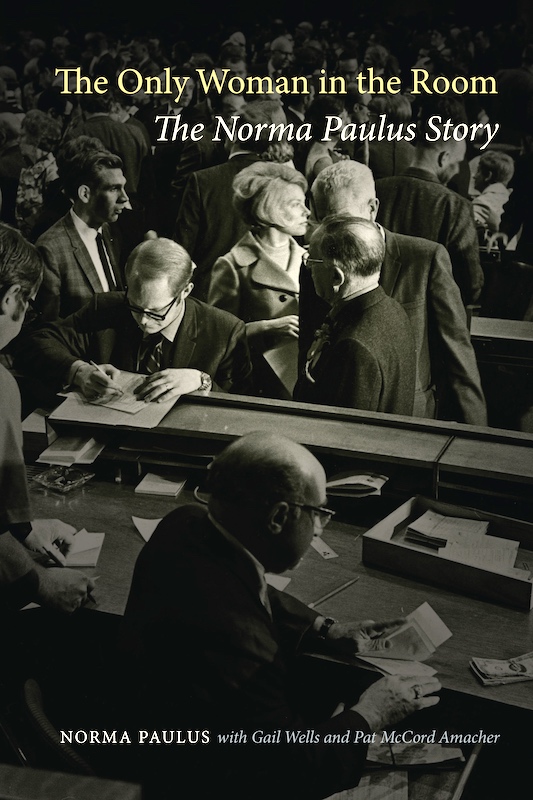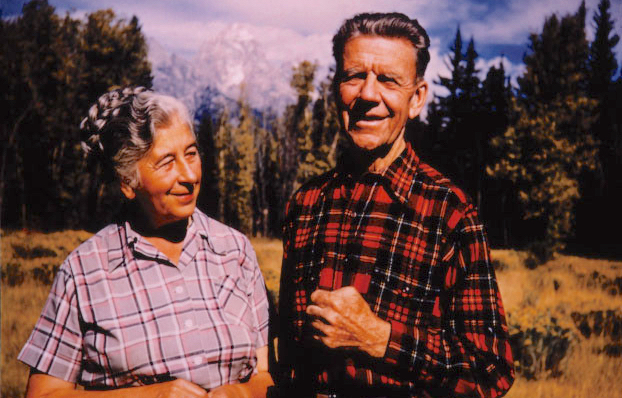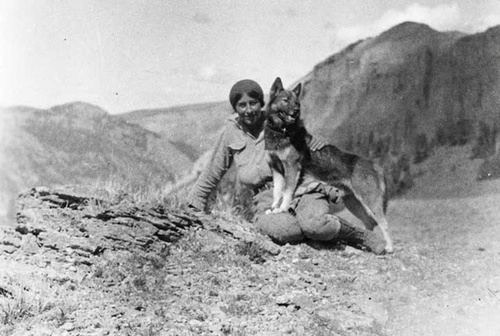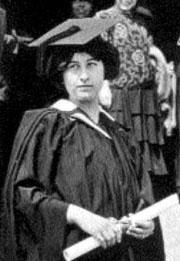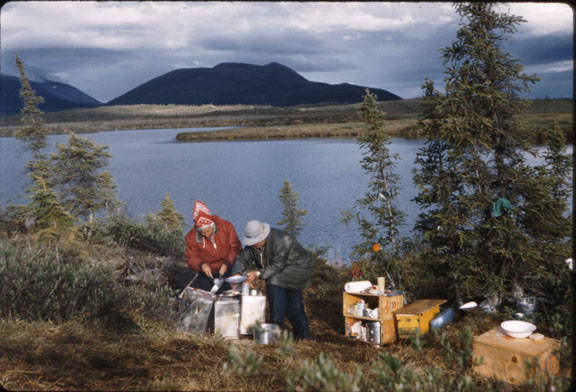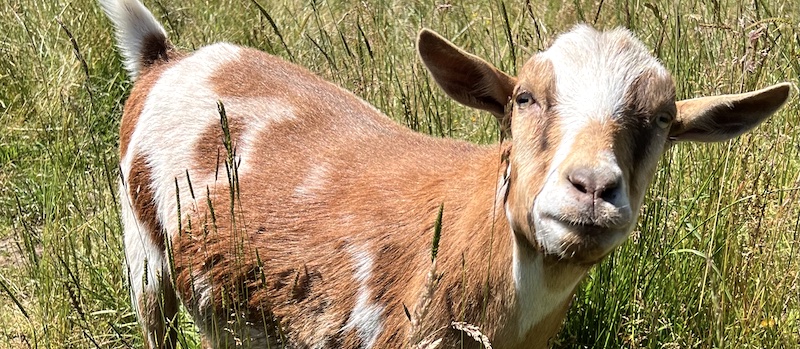
Persecuted, Worshipped, Profiteered: New Book Profiles Goat History in America
Did you know that goats were brought to the Americas from Europe on Christopher Columbus's second voyage in 1493? Or that goats were considered "the poor man's cow" because immigrants streaming to the newly industrializing cities in America often kept goats for sustenance and survival? Or that goat milk surged in popularity because consumers—shocked to learn that the cow’s milk they were drinking was often adulterated with substances like chalk or plaster of paris and was laden with dangerous microorganisms, including the bacterium that causes tuberculosis—turned to goat’s milk as a substitute?
Me neither!
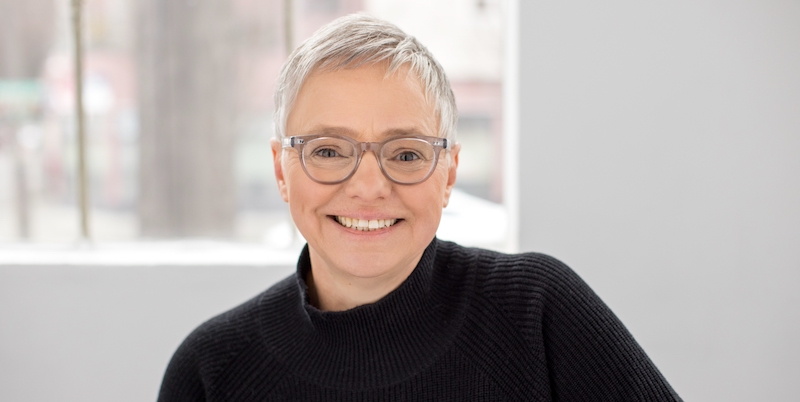
Well known for her previous books about artisan cheese, Portland author Tami Parr's new book, Goats in America: A Cultural History, documents the surprising and important role goats have played throughout the history of the United States. I lobbed a few questions her way about the book:
Q: What prompted you to write a book about goats?
 Parr: This book grew out of my involvement in the cheese world. While writing my previous two books (and the blog before that) I spent a lot of time hanging around cheesemakers and visiting farms around the Pacific Northwest.I began to notice that there is a definite hierarchy of sorts in the livestock world—and that goats are pretty firmly situated on the bottom of the list. There’s a lot of reasons for this—objectively speaking, goats are smaller and you make less money from them. At the same time it is a centuries old stereotype that only peasants and poor people keep goats—or that goats are only fit for peasants and the poor. “Progress” is often defined historically as a transition between goat keeping and cattle keeping. You can really see how this all played out in US policy toward Navajo livestock, which I discuss in the book.
Parr: This book grew out of my involvement in the cheese world. While writing my previous two books (and the blog before that) I spent a lot of time hanging around cheesemakers and visiting farms around the Pacific Northwest.I began to notice that there is a definite hierarchy of sorts in the livestock world—and that goats are pretty firmly situated on the bottom of the list. There’s a lot of reasons for this—objectively speaking, goats are smaller and you make less money from them. At the same time it is a centuries old stereotype that only peasants and poor people keep goats—or that goats are only fit for peasants and the poor. “Progress” is often defined historically as a transition between goat keeping and cattle keeping. You can really see how this all played out in US policy toward Navajo livestock, which I discuss in the book.
Because I’m a curious person I wanted to try to figure out what was going on here. Once I started doing some research, it was like a whole world opened up—and here we are.
Q: What’s the most common misperception that people have about goats?
Parr: So many things. The association with poverty is the biggest one. Goats are an animal and it’s perfectly reasonable to keep goats or cattle for all kinds of reasons, whether you find yourself with a lot of money or not! And if you think goat keeping or goat dairying is a waste of time, you may not know that goat dairying is a multi-billion dollar industry in the United States.
People have other negative associations about goats that see to originate with a lack of experience with livestock generally—that all goats are smelly, or aggressive. Lots of people feel that goat meat or cheese automatically tastes bad because of those associations. This comes up constantly at farmers markets!
"[Goats] became the scourge of urban life, running recklessly through the streets, destroying property, and sometimes even attacking humans in their search for food. Goats became the punch line of jokes and potent symbols of degenerate behavior of all kinds."
Q: What’s the most surprising thing you learned in writing this book?
Parr: Honestly the most surprising thing is that there were so many surprising things! I mean, really—who knew that English and Dutch colonists were complaining about goats in the 1600s? That there was a really specific moment around the turn of the 20th century where goat’s milk emerged as a popular beverage in the United States? That Italian immigrant women used to graze goats in the Telegraph Hill/North Beach area of San Francisco well into the 1920s? That goat yoga would become a worldwide phenomenon? I could go on and on.
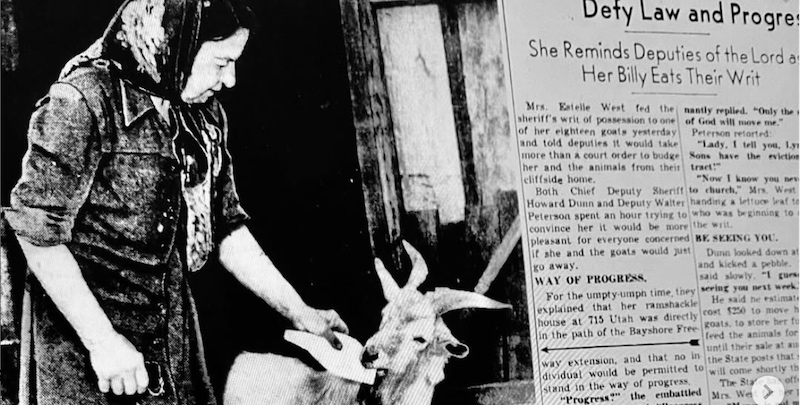
Q: I love the “goat people” profiles you’ve posted on your Instagram account. Do you have a favorite?
Parr: The story of Estelle West in San Francisco is a great one! During the 1950s West was forced out of her home in the Potrero Hill neighborhood during the construction of the 101 freeway. She had a number of goats and appears to have been quite a character! She resisted moving for a long time and the local newspapers followed the story closely. Finally she took a payout, but moved to another property nearby with the goats. After many complaints from residents she was actually jailed briefly for failing to get rid of the goats, but in a strange turn of events a rich socialite bailed her out. There’s a photo of her in the book with her goats—I love that she put on a mink coat for the photo shoot! There are many, many examples of urban residents in cities across the country, past and present, who have faced opposition from neighbors and city governments for keeping goats.
Q: What do you hope your book achieves?
Parr: I wanted to write this book in part because it fills a void. There literally aren’t books about goat history and culture like there are about cattle and sheep, or the dairy and wool industry. Goats deserve to be thought about and discussed, and if we ignore them we are missing out on a lot about American culture generally. In the twenty first century goat’s milk and cheese have become a multi-billion dollar industrial complex in the US but you see very little discussion about that anywhere. That in itself is a good reason to talk about goats! But mostly, if the book can be even a tiny bit helpful in changing entrenched negative perceptions about goats then that makes me happy. There’s just no point to that.
You can pre-order Goats in America: A Cultural History from OSU Press.
Photos courtesy Tami Parr. Portrait of Parr by Jenny Jiminez.
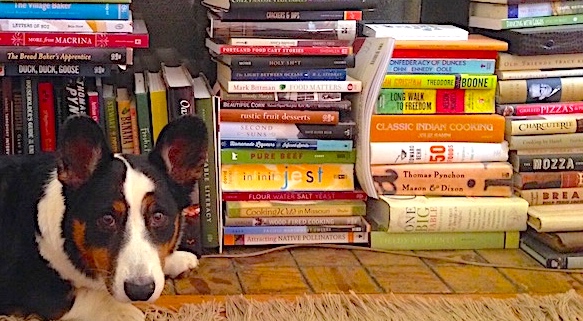
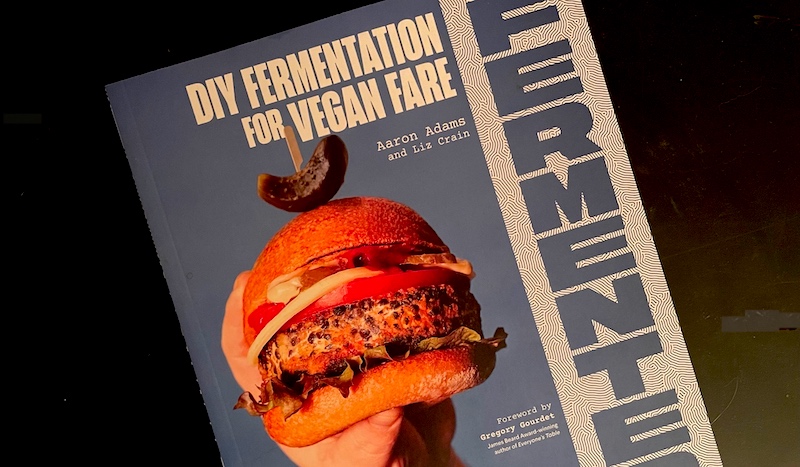

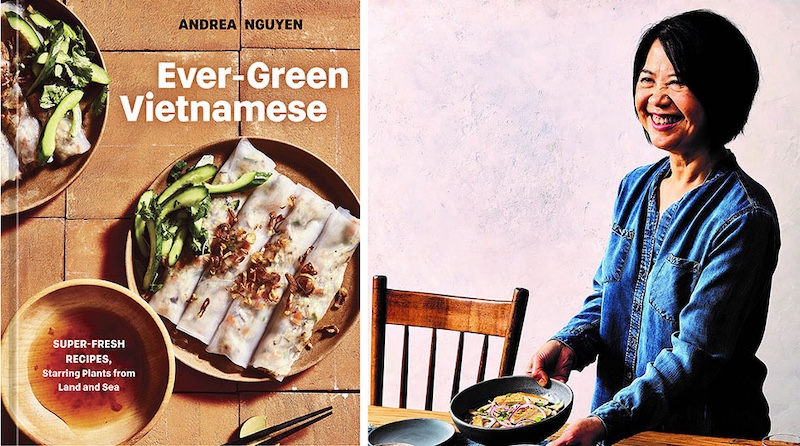

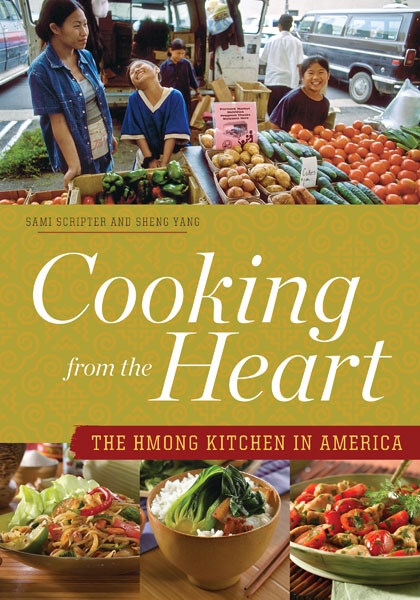 But to tell the story of the book, we need to go back to 1980. That's when Sami Scripter, the coordinator of the talented and gifted program at Rigler Elementary School in Portland, met Sheng Yang, a young Hmong (pron. "mong") immigrant, in her English as a Second Language class. Scripter's desk was in one corner of the room, and she was taken with the inquisitive and self-possessed 11-year-old.
But to tell the story of the book, we need to go back to 1980. That's when Sami Scripter, the coordinator of the talented and gifted program at Rigler Elementary School in Portland, met Sheng Yang, a young Hmong (pron. "mong") immigrant, in her English as a Second Language class. Scripter's desk was in one corner of the room, and she was taken with the inquisitive and self-possessed 11-year-old.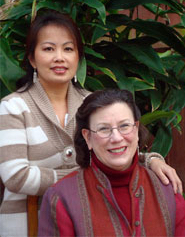
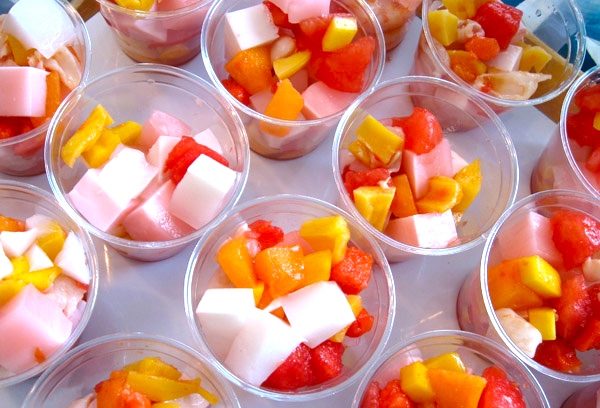
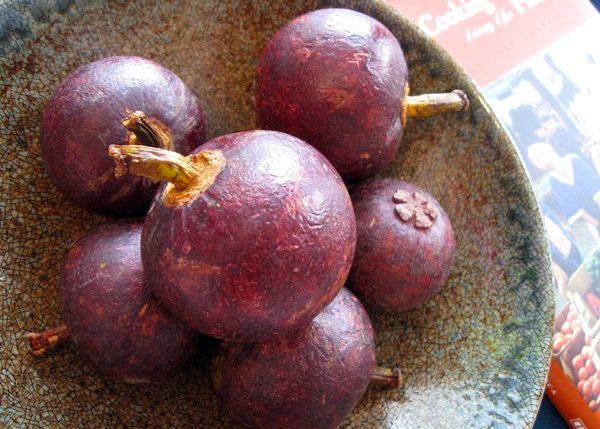
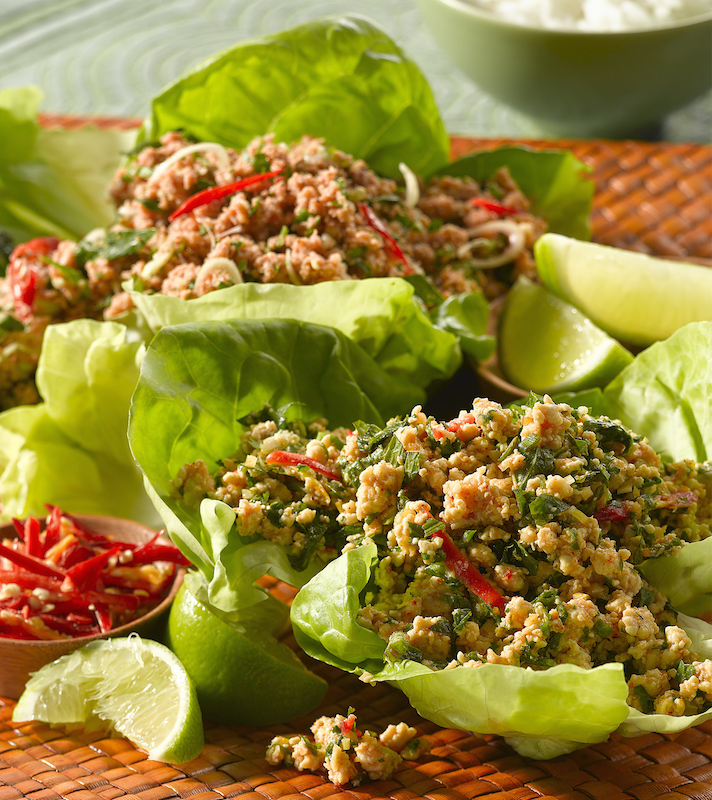
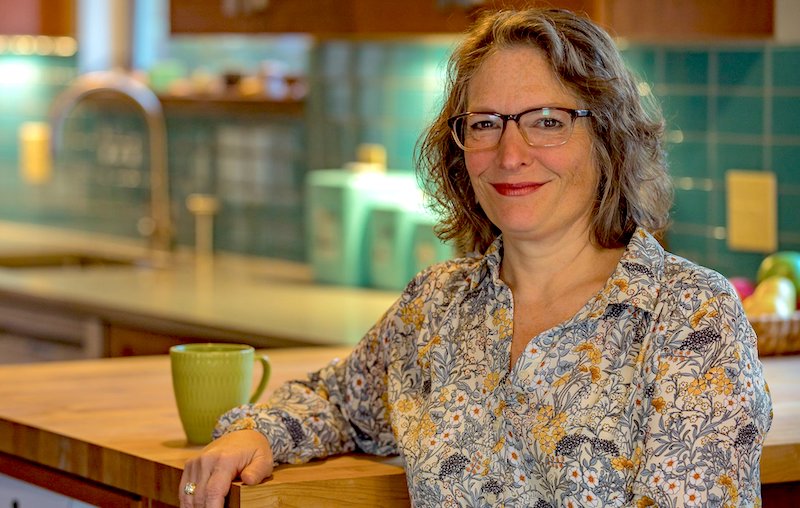
 There are Nims' recent single-subject seafood books, including
There are Nims' recent single-subject seafood books, including 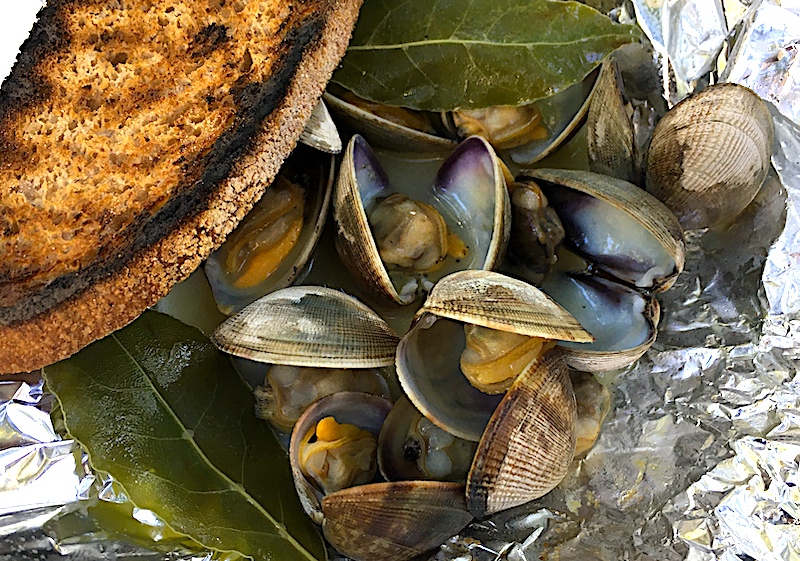 You can meet this culinary wonder woman this weekend at two events in Portland where she's bringing her new book,
You can meet this culinary wonder woman this weekend at two events in Portland where she's bringing her new book, 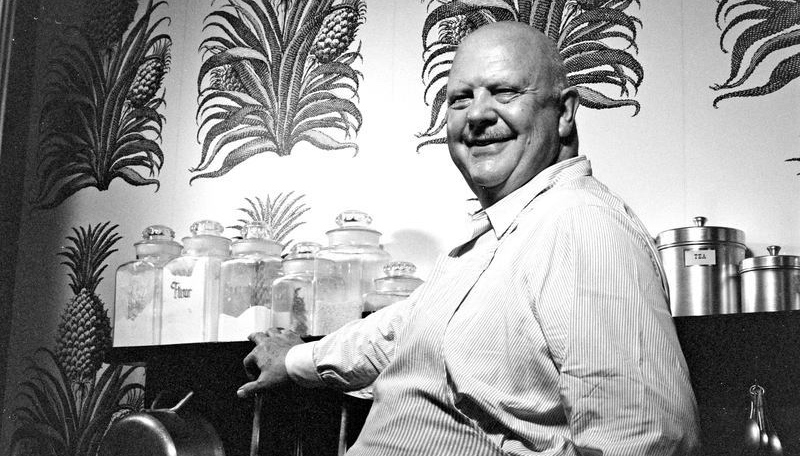
 This while keeping his queer life completely shrouded from the view of all but the closest of his intimates.
This while keeping his queer life completely shrouded from the view of all but the closest of his intimates.
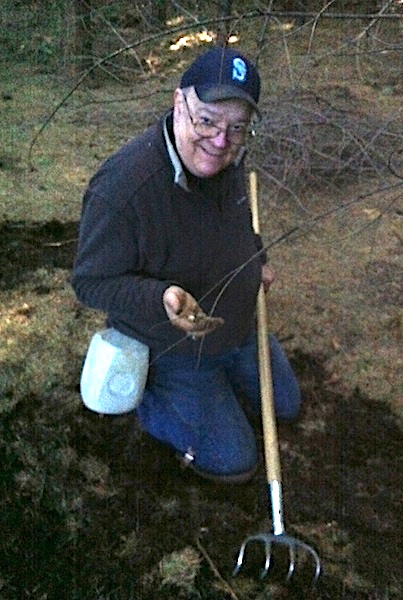 If you want to know about the fungus among us, there is no better guide than mushroom guru Jack Czarnecki, founder with his wife Heidi of the famed
If you want to know about the fungus among us, there is no better guide than mushroom guru Jack Czarnecki, founder with his wife Heidi of the famed 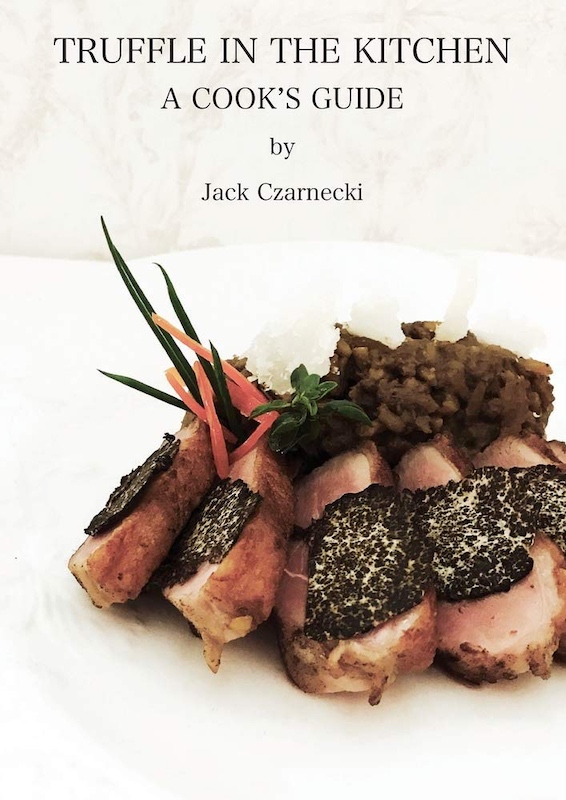 His latest effort is a cookbook, for sure, full of simple-to-prepare basics like truffle butter and oil, as well as what he terms "atmospheric infusions," along with recipes for main dishes and even desserts. But it also delves deeply into Czarnecki's background as a bacteriologist, discussing his theories on the complex relationship between our physiology and how it interacts with that of the truffle.
His latest effort is a cookbook, for sure, full of simple-to-prepare basics like truffle butter and oil, as well as what he terms "atmospheric infusions," along with recipes for main dishes and even desserts. But it also delves deeply into Czarnecki's background as a bacteriologist, discussing his theories on the complex relationship between our physiology and how it interacts with that of the truffle.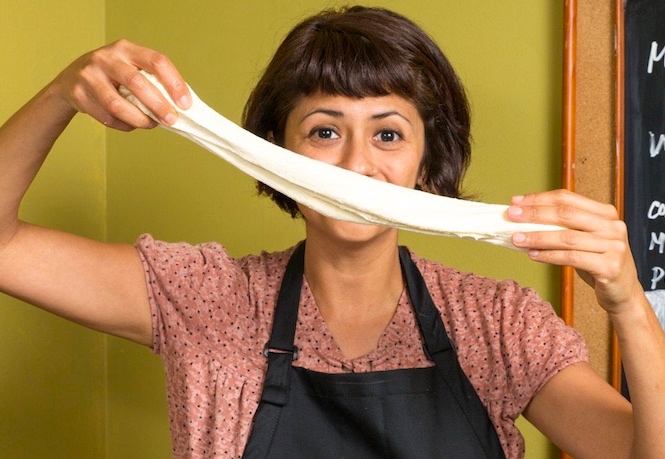 No one I know has worked harder to spread the gospel of cheese and how easy it is to make at home than local cheese maven
No one I know has worked harder to spread the gospel of cheese and how easy it is to make at home than local cheese maven  The viral success of the Instant Pot cooker got Lucero to thinking about how this appliance might be used to make cheese. After all, it can be used to do just about anything: caramelize onions, boil eggs, steam rice, so it seemed sensible to her that the cooker's accurate and consistent temperatures should make it an ideal tool for cheesemaking.
The viral success of the Instant Pot cooker got Lucero to thinking about how this appliance might be used to make cheese. After all, it can be used to do just about anything: caramelize onions, boil eggs, steam rice, so it seemed sensible to her that the cooker's accurate and consistent temperatures should make it an ideal tool for cheesemaking.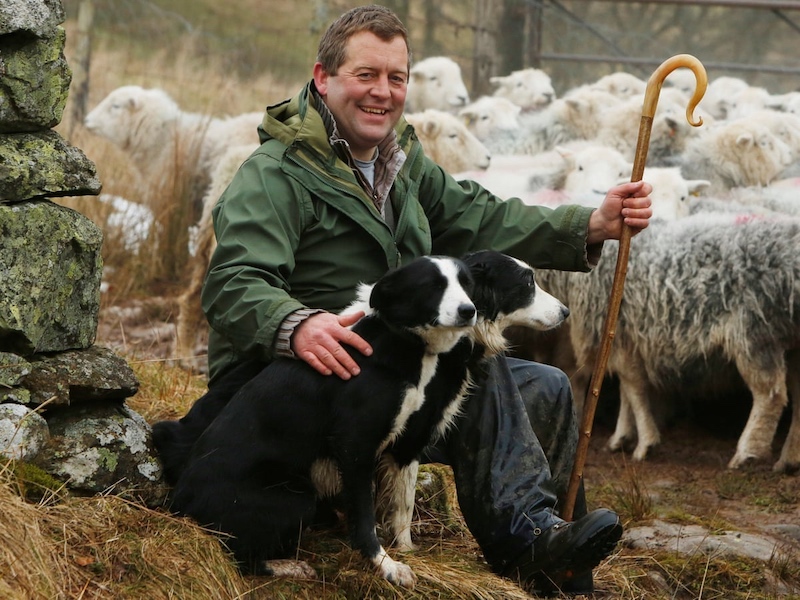 I first became acquainted with James Rebanks through, believe it or not, his
I first became acquainted with James Rebanks through, believe it or not, his 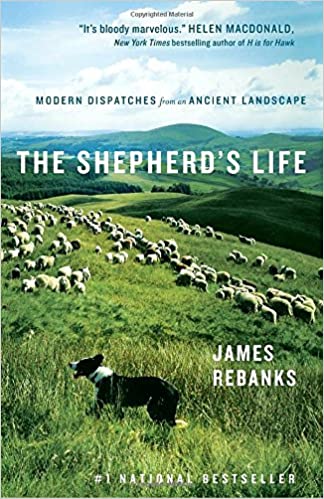 Deeply rooted in the land Rebanks' family has farmed for generations,
Deeply rooted in the land Rebanks' family has farmed for generations, 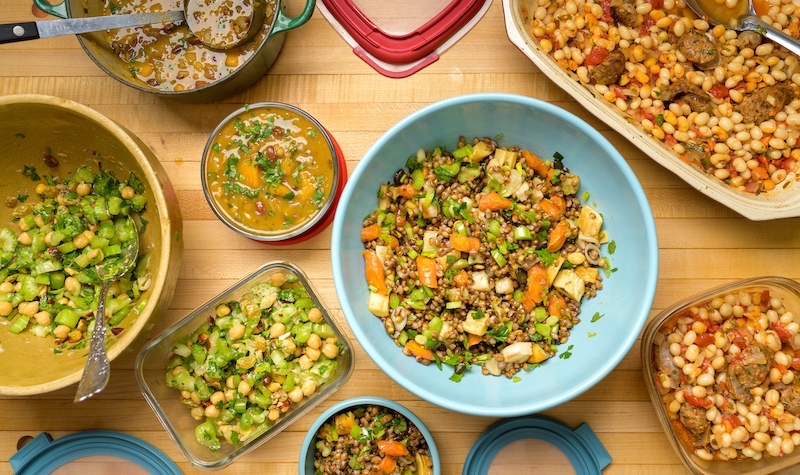
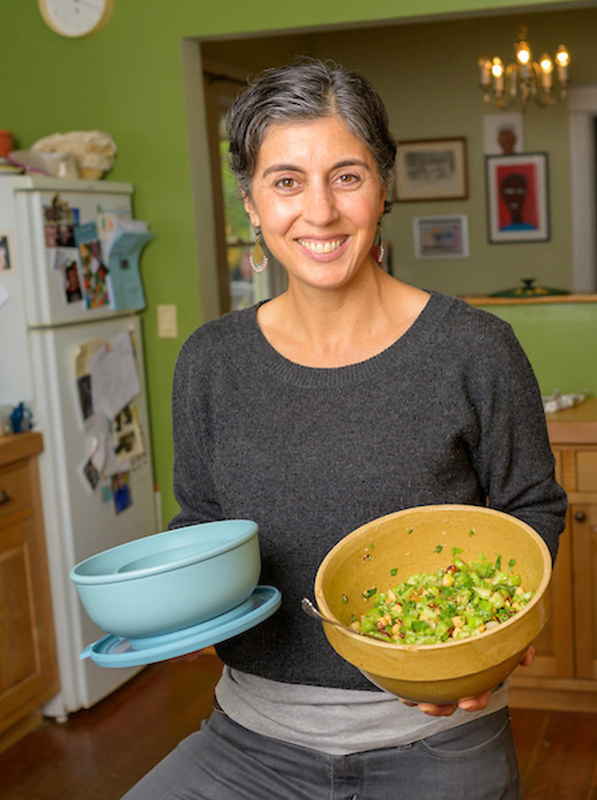
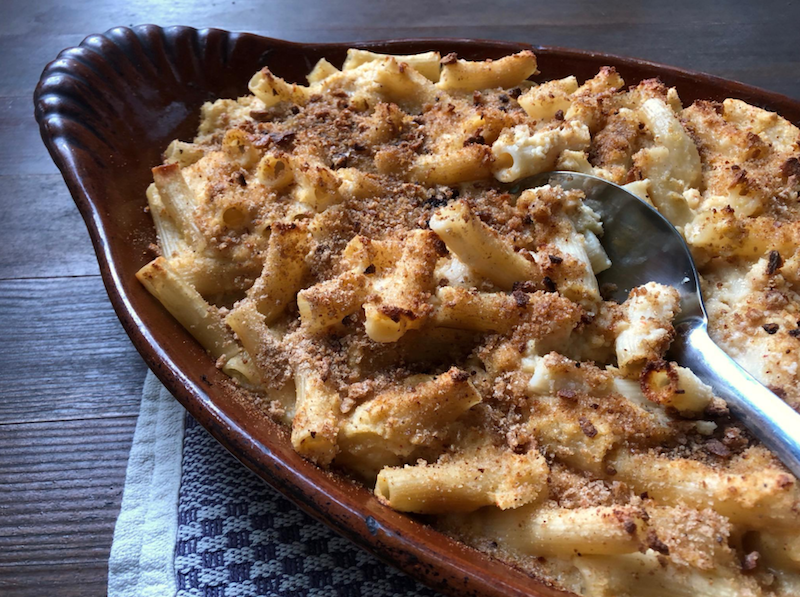


 For something completely different,
For something completely different, 